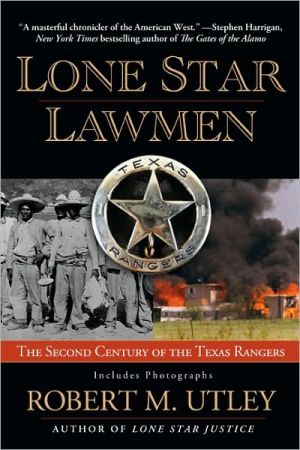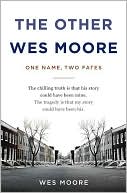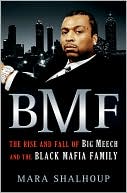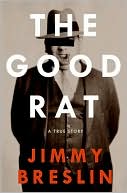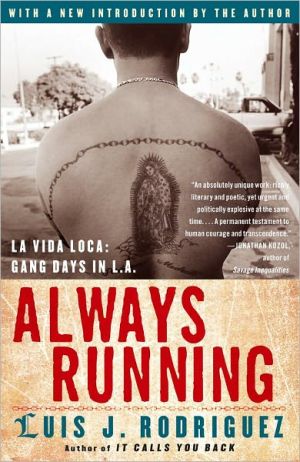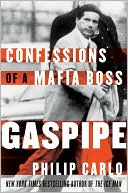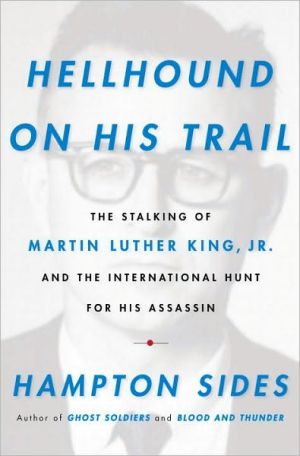Lone Star Lawmen: The Second Century of the Texas Rangers
Hailed as "a rip-snortin', six-guns-blazin' saga of good guys and bad guys who were sometimes one and the same," Robert M. Utley's Lone Star Justice captured the colorful first century of Texas Ranger history. Now, in the eagerly anticipated conclusion, Lone Star Lawmen, Utley once again chronicles the daring exploits of the Rangers, this time as they bring justice to the twentieth-century West. \ Based on unprecedented access to Ranger archives, this fast-paced narrative stretches from the...
Search in google:
Based on unprecedented access to Ranger archives, Lone Star Lawmen chronicles one hundred years of high adventure as told by one of the nation's most respected Western historians. Highlighting the gradual evolution of this celebrated force, Robert M. Utley reveals how the outlaw-pursuing horseback riders of yesteryear became a modern law enforcement agency combating urban crime in Texas's big cities, assisted by the latest advances in forensic science. Modernization didn't mean losing their toughness and independent spirit, however, and Utley predicts how the Rangers will continue to bring justice to the West in the twenty-first century. Publishers Weekly In this follow-up to Lone Star Justice, Utley tells how the Texas Rangers entered the 20th century as an effective if idiosyncratic law enforcement outfit and entered the 21st century as the investigative arm of the Texas Department of Public Safety. In a dry style, Utley describes the Rangers' various commanders, troopers and exploits. Through the first third of the 20th century, the Rangers operated in an extralegal fashion-their existence was at the whim of whoever occupied the governor's mansion in Austin. It wasn't until 1935 that the Rangers were made official and brought into the newly formed DPS. Utley is far too enamored of the Rangers for his book's good. While his precise if plodding prose doesn't hype the Rangers' exploits, and he acknowledges a "dark period" early in the 20th century when weak leaders failed to control their men, he treads so lightly on so many issues-prisoner treatment (brutal), racial integration (belated) and especially gender equality (a glaring problem Utley chalks up to "the lack of female applicants")-that it is hard to see this as the definitive account it aspires to be. 30 b&w illus. (Mar.) Copyright 2006 Reed Business Information.
Preface ixPrologue 1The Border, 1910-1915 8The "Bandit War," 1915 26The Big Bend, 1913-1919 48Austin, 1918-1919 68Pat Neff's "Battles of Peace," 1921-1925 85Ma and Pa Ferguson, 1925-1927 109Dan Moody, 1927-1931 119Ross and Bill Sterling, 1931-1933 142Return of the Fergusons, 1933-1935 152The Department of Public Safety, 1935 166DPS Birth Pangs, 1935-1938 179Homer Garrison, 1938-1968 192Gambling ... and Other Distractions 216Latino Uprising 235Change, 1965-1985 254Highs and Lows, 1970s 265Highs and Lows, 1980s 282Highs and Lows, 1990s 303A Summing-Up 329Abbreviations 342Notes 344Sources 381Index 391MapsTexas xviThe Upper Border in 1915 36The Lower Border in 1915 37Oil Boomtowns, 1920-1933 89Texas Rangers Field Organization 2000 305
\ From Barnes & NobleRobert Utley's Lone Star Justice set the standard for histories of the early Texas Rangers. In Lone Star Lawmen, which has just arrived in paperback, he offers what promises to be the most influential (and controversial) account of the second century of this legendary law enforcement agency. Utley's fast-paced narrative shows that the transformation of the Rangers from horseback-riding frontiersmen to 20th-century professionals hasn't made them or their mission any less exciting. Unlike some previous historians, Utley doesn't hesitate to temper his stories of Ranger heroism with sound critical judgment about their exploits; as in the previous volume, he offers cogent discussions of individual incidents (including, in this case, the still hotly debated Branch Davidian siege.) One great read.\ \ \ \ \ Publishers WeeklyIn this follow-up to Lone Star Justice, Utley tells how the Texas Rangers entered the 20th century as an effective if idiosyncratic law enforcement outfit and entered the 21st century as the investigative arm of the Texas Department of Public Safety. In a dry style, Utley describes the Rangers' various commanders, troopers and exploits. Through the first third of the 20th century, the Rangers operated in an extralegal fashion-their existence was at the whim of whoever occupied the governor's mansion in Austin. It wasn't until 1935 that the Rangers were made official and brought into the newly formed DPS. Utley is far too enamored of the Rangers for his book's good. While his precise if plodding prose doesn't hype the Rangers' exploits, and he acknowledges a "dark period" early in the 20th century when weak leaders failed to control their men, he treads so lightly on so many issues-prisoner treatment (brutal), racial integration (belated) and especially gender equality (a glaring problem Utley chalks up to "the lack of female applicants")-that it is hard to see this as the definitive account it aspires to be. 30 b&w illus. (Mar.) Copyright 2006 Reed Business Information.\ \ \ Kirkus ReviewsA continuation of the author's Lone Star Justice (2001), bringing the tale of the renowned-and sometimes infamous-Texas Rangers to the present. Founded to battle Comanches and other Indians on the open range, the unit that ranks among the world's best-known police detachments became not very particular about its targets along about the time of the Mexican Revolution, when this sequel gathers steam. The decade of the revolution (1910-20) is, writes Utley, "the blackest period in the history of the Texas Rangers"; so vigorous were the special agents in keeping the border under Anglo control that police murders of Mexicans and Mexican-Americans were common. One Army scout reported, for instance, finding the bodies of ten Mexicans hanging alongside a road, each with a bullet in the forehead, which one former Ranger called the brand of the unit in a process known along the borderlands as "evaporation." Utley condemns the Rangers of the time for undermining rather than upholding the law, proceeding to a period in which the governor commissioned Rangers to "carry a gun and arrest law-breakers, such as editors, executives, and bankers" who dared oppose his enlightened rule. In time, conditions changed, giving credence to the thought that good politics make for good police. Usually few in number, the Rangers dwindled into the Depression, when constant bank robberies gave them new opportunities to fan their six-shooters. In the modern era, they had to adjust to conditions, admitting women into the unit (none too successfully); attending to strange confrontations with the Branch Davidians (more successfully than did federal authorities) and right-wing militias; and recruiting minority officers nonetoo enthusiastically. On that note, it is something of an irony, given the Rangers' Latino-hating tendencies of old, that Utley considers the best of the best Rangers to have been one Manuel Gonzaullas, whom he deems an "exemplary leader."A valuable addition to the library of Texana.\ \
